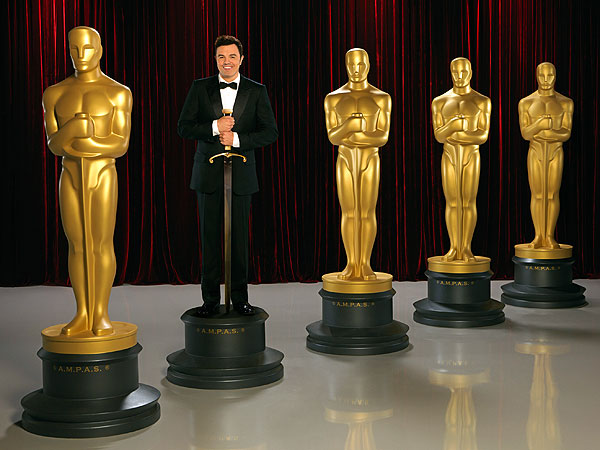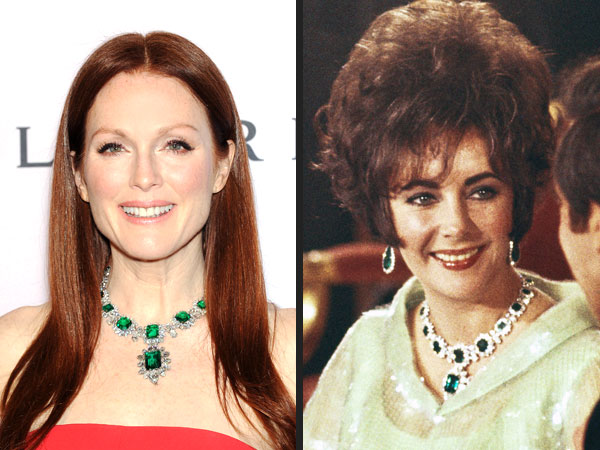ATLANTA (AP) — This year's flu shot is doing a startlingly dismal job of protecting senior citizens from the harshest strain this season, proving only 9 percent effective, the government said Thursday.
Health officials don't know why this is so, but it helps explain why so many older people have been hospitalized with the flu this year.
Flu vaccine tends to protect younger people better than older ones and never works as well as other kinds of vaccines. But experts say the preliminary results for seniors are disappointing and highlight the urgent need for a better vaccine.
Overall, the vaccine's effectiveness is a moderate 56 percent, which means those who got a shot have a 56 percent lower chance of winding up at the doctor with the flu. That is nearly as good as other flu seasons, the Centers for Disease Control and Prevention said Thursday.
For those 65 and older, it offers far less protection. It is 27 percent effective against the three strains in the vaccine, the lowest in about a decade but not far below from what's expected. But the vaccine did a particularly poor job of protecting older people against the toughest flu bug, which is causing more than three-quarters of the illnesses this year. CDC officials say it's not clear why.
Vaccinations are recommended for anyone over 6 months, and health officials stress that some vaccine protection is better than none at all. While it's likely that older people who were vaccinated are still getting sick, many of them may be getting less severe symptoms.
"Year in and year out, the vaccine is the best protection we have," and vaccinations are still recommended for senior citizens, said CDC flu expert Dr. Joseph Bresee.
To be sure, the preliminary data for seniors is less than definitive. It is based on fewer than 300 people scattered among five states.
But it will no doubt surprise many people that the effectiveness is that low, said Michael Osterholm, a University of Minnesota infectious disease expert who has tried to draw attention to the need for a more effective flu vaccine.
Older people have weaker immune systems that don't respond as well to flu shots and are more vulnerable to the flu and its complications, including pneumonia.
Health officials at a meeting Thursday said they don't know why this year's vaccine did so poorly in that age group. One theory, as yet unproven, is that seniors' immune systems were accustomed to strains from the last two years and had more trouble switching gears to handle this year's different, harsh strain.
Among infectious diseases, flu is considered one of the nation's leading killers. On average, about 24,000 Americans die each flu season, according to the CDC.
This flu season started in early December, a month earlier than usual, and peaked by the end of year. Hospitalization rates for people 65 and older have been some of the highest in a decade, at 146 per 100,000 people.
Flu viruses tend to mutate more quickly than others, so a new vaccine is formulated each year to target the three strains expected to be the major threats. But that involves guesswork.
Because of these challenges, scientists tend to set a lower bar for flu vaccine. While childhood vaccines against diseases like measles are expected to be 90 or 95 percent effective, a flu vaccine that's 60 to 70 percent effective in the U.S. is considered pretty good. By that standard, this year's vaccine is OK.
For seniors, a flu vaccine is considered pretty good if it's in the 30 to 40 percent range, said Dr. Arnold Monto, a University of Michigan flu expert.
A high-dose version of the flu show was recently made available for those 65 and older but the new study was too small to show whether that made a difference this year.
The CDC estimates are based on about 2,700 people who got sick in December and January. The researchers traced back to see who had gotten flu shots and who hadn't. An earlier, smaller study put the vaccine's overall effectiveness at 62 percent but other factors that might influence that figure weren't taken into account.
The CDC's Bresee said there's a danger in providing preliminary results because it may result in people doubting — or skipping — flu shots. But the data was released to warn older people who got shots that they may still get sick and shouldn't ignore any serious flu-like symptoms, he said.
The new data highlights an evolution in how experts are evaluating flu vaccine effectiveness. For years, it was believed that if the viruses in the vaccine matched the ones spreading around the country, then the vaccine would be effective.
This year's shot was a good match to the bugs going around this winter, including the harsher H3N2 that tends to make people sicker. Yet the season proved to be a moderately severe one, with many illnesses occurring in people who'd been vaccinated.
A slate of new vaccines will be available next summer, including some that protect against as many of four strains of flu and some that can be made more quickly. But experts say it's not clear whether they will be any more effective.
____
Online:
CDC report: http://www.cdc.gov/mmwr











